Picture a tranquil courtyard under the delicate shade of plum blossoms. Steam rises gently from the spout of a small clay teapot resting beside a porcelain cup. In a slow, peaceful setting like this, one freezes in anticipation for those final moments of the brewing sequence. This, however, is not an ordinary drink – it is a rhythm and practice steeped in history, one which permeates through the vast tapestry of Chinese life.
In Chinese culture, tea is not just about taste and comfort, but reverence, balance, remembrance, and the unfolding of ages. It accompanies emperors and monks, soldiers and scholars, housewives and merchants. Now, it is served on your table with the invitation to pause, reflect, and listen.
Let’s embark on this journey together, as I demonstrate the myriad ways tea serves as a testament to life in China, not so much through volume or urgency, but in the echoing hollowness, and always with a gentle presence.
Key Takeaways
- What began as an antidote for ailments, has now evolved into a thought, an emotion, a path – that is tea in Chinese culture.
- Tea gives room for silence, respect, power in humility, and the act of giving.
- From ancient customs to international trade, tea a brewed form identity and diplomacy.
- Every region and each type of tea carry their own tells of culture, history, and remarkable stories.
- In contemporary times, tea continues to bind memories with customs in China.
A Legend Boils Over
When we try to peer into the distant past, we discover a legend – There was no documentation to be found. A story that has been narrated on whispers and shared from one generation to another “Shen Nong” is said to be an emperor who lived nearly 5,000 years ago. He was a very wise ruler and an herbalist. According to the story, while sitting under a wild tree waiting for his leaves to drift into his boiling water.
It is said he was intrigued and tried tasting the brew. His first sip which was both bitter as well as awakening turned out to be the start of a journey that would redefine tea in china. The above statement might be true or may not, but certainly “he belief that it was always meant to be discovered holds ground.
During those periods, tea was not enjoyed but rather used as medicine and a few other ailments – particularly headaches, fatigue, and even stomachaches. Tea was refreshing as well as soothing and it belonged to the land, and its value was drawn not from taste but from its purpose.”
A Slow Growth From Leaf To Ritual
Tea transformed from a product of nature to a cultivated plant by humans as dynasties began to emerge. During the early periods of dynasty development, southern provinces such as Sichuan and Yunnan were known to be the focal points of tea cultivation. Implementing proper techniques to harvest leaves at the right season, farmers developed the proper methodology for drying, storing and thus preserving leaves for extended periods of time. The processes involved in making tea changed over time as there was more care and effort involved in the process besides just steeping leaves in hot water.
A large part of the population had started cultivating tea during Han dynasty. Beyond just an everyday beverage, tea was deeply rooted in societies culture and was of great significance in rituals and even taxes. It was consumed by people during work and prayers. Monks prepared tea to stay alert during meditation sessions and even soldiers carried tea to remain awake during battles. It is evident that the drink became inherently entrenched within societal routines with every sip.
Meditation In A Cup
Tea’s relevance to Chinese culture goes beyond just its customary use—it lies in the teachings it conveys. In Buddhism and Taoism, tea was a reflection of one’s thoughts. You didn’t consume it in one go. You didn’t mindlessly drink it. Instead, you waited for it to brew. You experienced its heat. You remained attentive during the entire process. In many monasteries, the ritual of preparing tea was a way of achieving mental clarity. One motion led to another, one breath led to the next. The goal was not the tea. The tea was the way.
Even the confucian tradition had its own take on tea. Offering tea has been a sign of courtesy in homes throughout the ages. It was silent a mark of respect when children served tea to their parents. Words were offered after guests were served tea. During that period, tea bridged the gap between people and their roles or thoughts.
Tea as a drink is not what made the difference. It was the sentiments associated with it, such as, you are seen, you are a gentle soul and You are home.
The Golden Age Of Tea’s Elegance
By the time the Tang dynasty surfaced, tea was more than just a custom; it had morphed into art. Poets were composing fragrances around tea, while artists painted teas preparation. Emperors gathered rare leaves from multiple regions and treasured them like wealth. At this time, a man named Lu Yu emerged and started authoring stories. Now known as ‘The Sage of Tea’, he composed a book, The Classic of Tea, that meticulously listed how one ought to grow, prepare, and appreciate tea. As vivid as the title, his tea infographics were akin to poetry.
Yu did not view tea as a beverage. Instead, he believed it to be a means of achieving tranquility. His book defined the core attributes of attitude, not just technique. To him, to live a good life entailed ‘embracing the clarity, consistency, and simplicity of a well-crafted cup of tea.’ This mindset captivated China, resulting in an opening of tea houses in cities, filled with quiet conversations, where people would gather to have adjourned meals and reflect.
During the Song dynasty, tea ceremonies became more elaborate. Thick tea was poured endlessly into jubilant bowls, tea companions exchanged poetry over their cups passing them back and fourth. While tea was pure grace for the elites, for the common folk, it remained fundamental to life’s rhythm. Regardless of one’s class, tea was a preferred means to pause and collect one’s self.
When Tea Meant Connection
Serving tea is an age old, deeply rooted tradition within Chinese culture. Each step taken towards preparing tea is given with thought and love, right from the choice of the vessel to the temperature of the heating water. Even serving the tea expressed a myriad of feelings that did not require words sweet words to complete the dialogue.
Tea was served int the wedding ceremonies, where couples served tea to the parents and elderly from both sides after kneeling. This was not casual beverage, but instead something that bound the two families together. It was a way of saying “this is me accepting your family, honoring the family heritage while welcoming the family’s history”. While tea was served before burial, and delivered to the grave, it symbolized goodbye. The first cup served in a household during New Year Breakfast signified wealth and goodness.
Tea has relieved us from the hassle of using excessive or redundant words while simultaneously reflecting a deep sense emotion during unions, apologizing and saying goodbye.
The Journey Beyond Borders
With the development of empires and their subsequent development of trade routs, the trade of tea started. Tea leaves were carried in small woven baskets by traders as they moved on the Silk Road. This was to move into other areas of China like Mongolia and Persia regions. The tea was stewed and mixed with spices. However, it underwent modifications by other cultures. In a way, tea was still Chinese; fond of its roots.
During the Ming and Qing dynasty time periods, China excelled in the trade and use of tea internationally. The Chinese were giving the Europeans access to tea with no restrictions, and the Europeans were grateful for it. Ships, silver and porcelain were brought to taste the now abundant Chinese tea. Diplomacy alongside the economy began to shape through the tea. Serve of it became part of treaties, taxes and revolutions.
Even with exports, China always cherished its domestic use of tea. The vast amount of tea available was welcommed with great care as well respect in Chinese kitchens.
The Colors And Regions Of Taste
Not only does China boast about its different types of tea, the vast options extend to its citizens as well. Different cultivations of teas like green tea, oolong, and black tea offer different tastes and experiences based on the region, Each telling a different story.
In Fujian, tea farmers wake up before sunrise to hand pick tea. Pu’er tea from Yunnan ages in dark, cool rooms for decades. Dragon well tea from Zhejiang is pan-fried to absolute perfection. Each region has its own pace, its own source of pride. They are not simply products, but traditions—distinct family recipes that have survived the ravages of time.
When savoring the teas, it is more than the harvest brought forth by the sun that is experienced. It transcends tasting soil and the sun and evokes a thousand mornings and a million hands as well.
The Return Of Tea In Modern China
Tea still endures even in modern China with its breakneck pace of technological advancement. Workers steep their leaves using small electric kettles which rest beside their laptops during meetings. In homes, grandparents still boil water over flames. At weddings, the bride kneels. At funerals, the cup is poured.
Young people turn up for tea classes to understand the meaning behind brewing the beverage. Tea festivals spring up in cities while cafés continue to infuse modern flair into ancient leaves. People might hold bubble tea in one hand and pu’er in the other, but both stems from the same source and carry the same legacy.
It’s clear that tea isn’t just said to be “surviving”, it’s evolving, yet still relies on its ancient roots “a pause, a bridge, a mirror.”
My Opinion
Dear thoughtful reader, while you may never step into a misty tea field in Hangzhou or partake in a kneeling Chinese wedding ceremony, once you engulf your hands around a cup of tea, know that you are cradling thousands of years along with it. It’s the choices too quiet for words. The choices too tender…. For speech.
In Chinese culture, tea is far more than a beverage. It instructs us on how to decelerate. How to appreciate every passing moment. How to meet and welcome another person beyond simple greetings. It requires no payment. It urges no rush. It remains still, just like it always has.

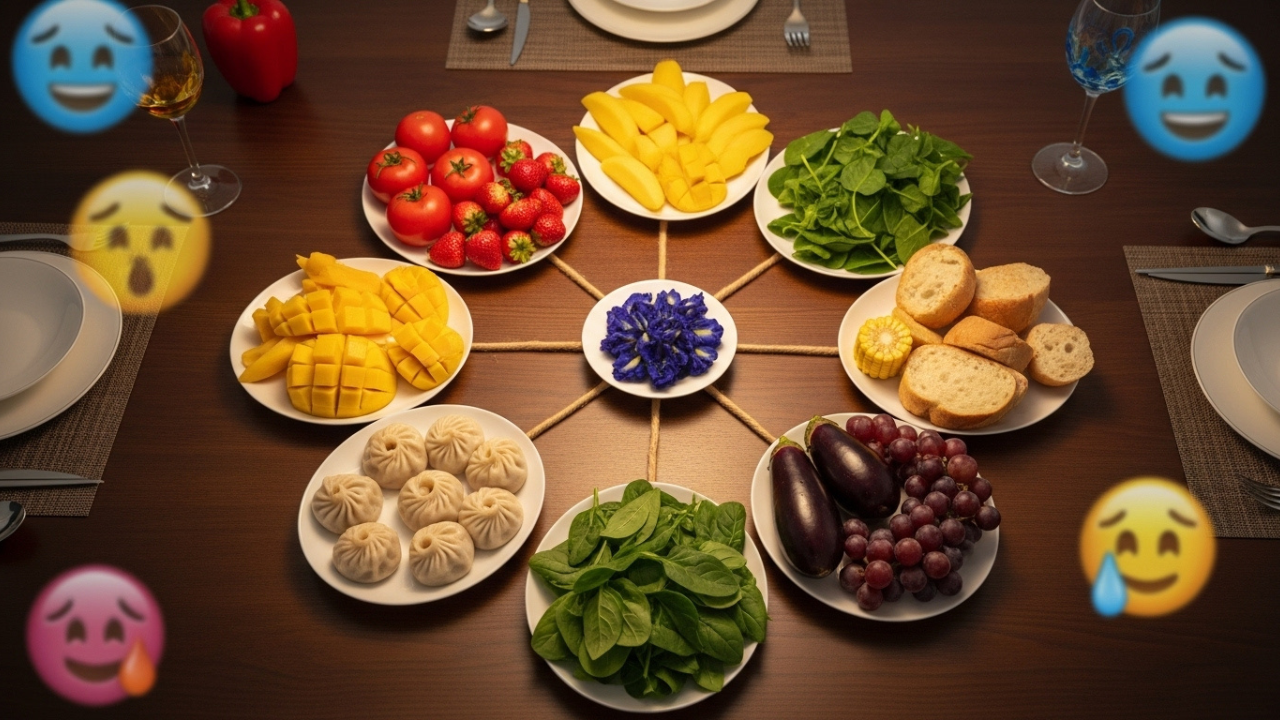
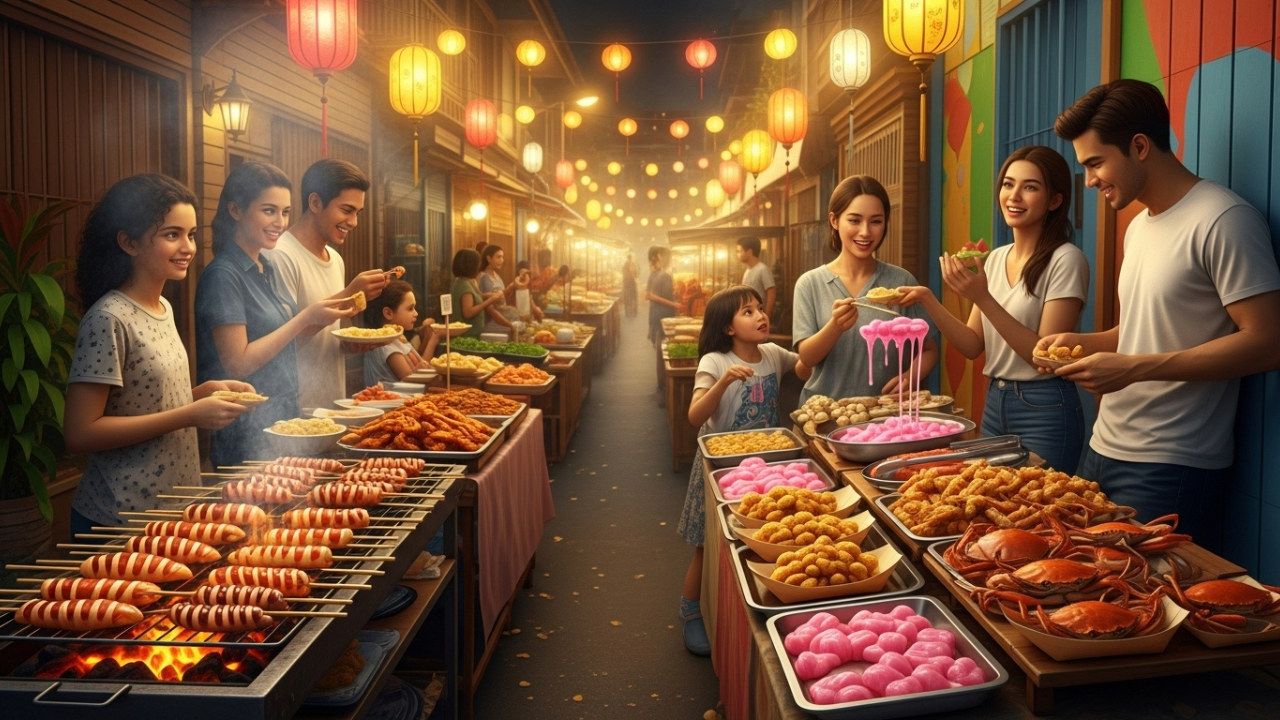


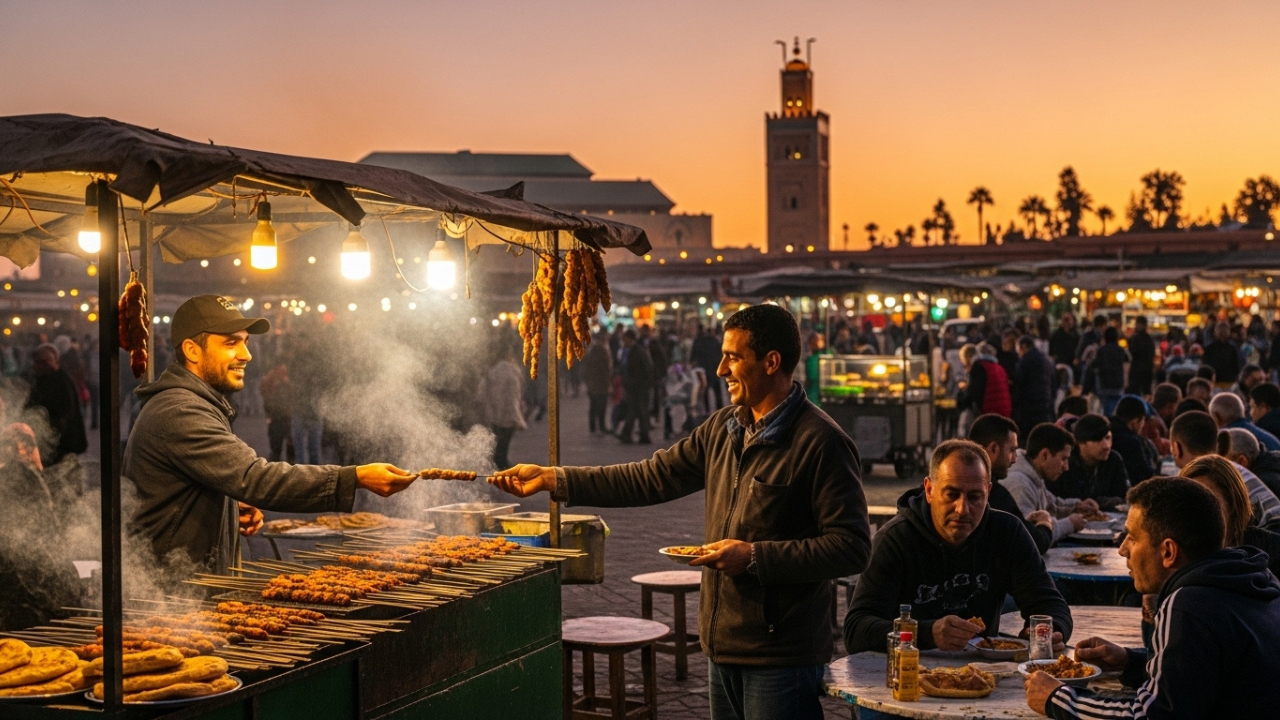
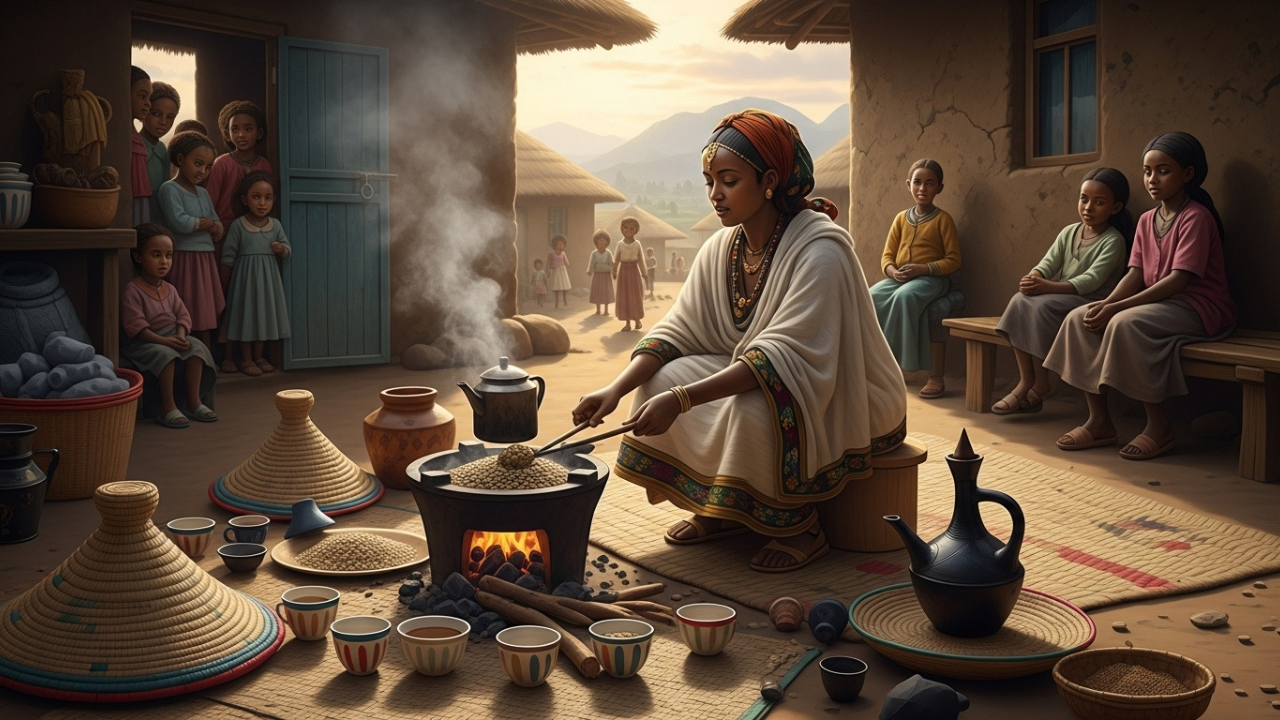

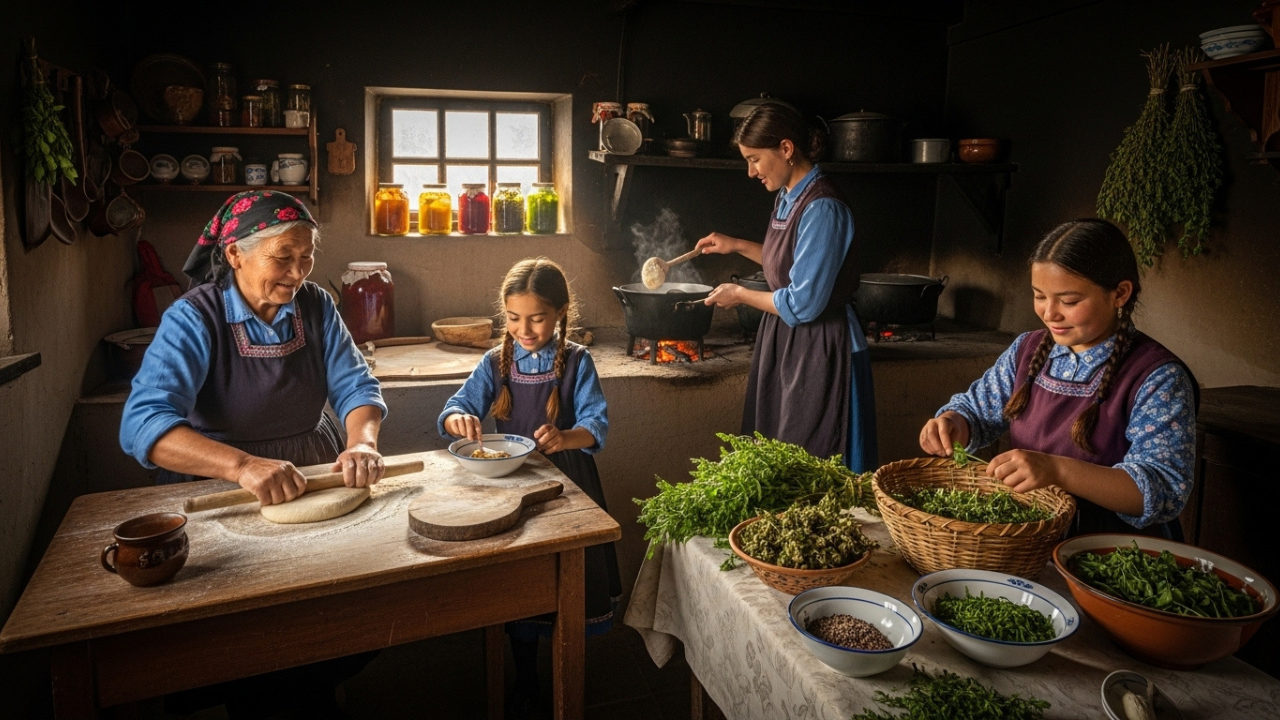



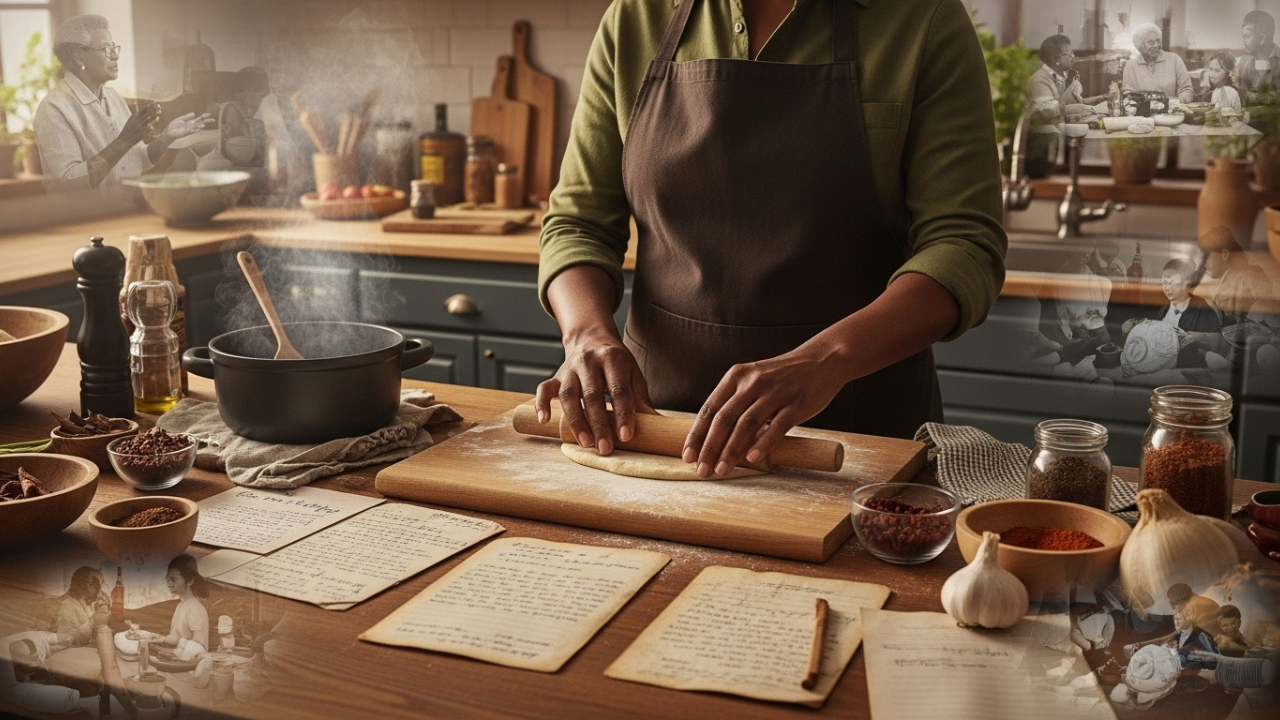
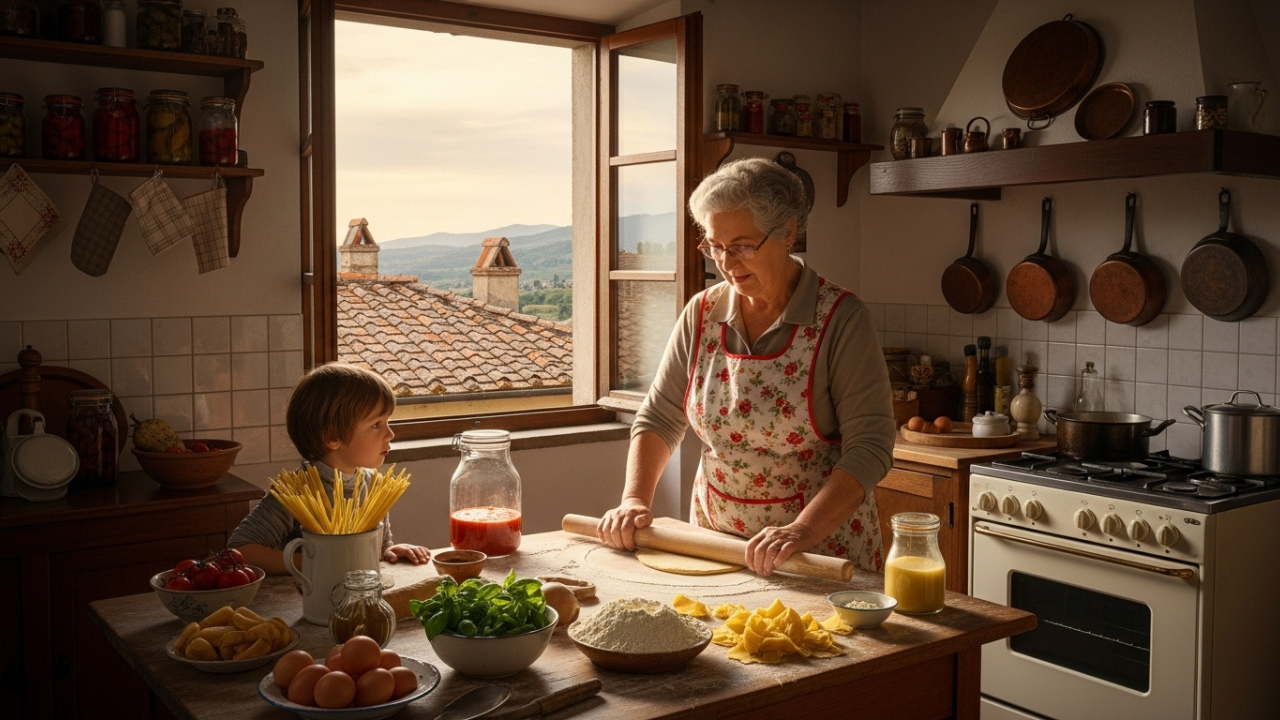

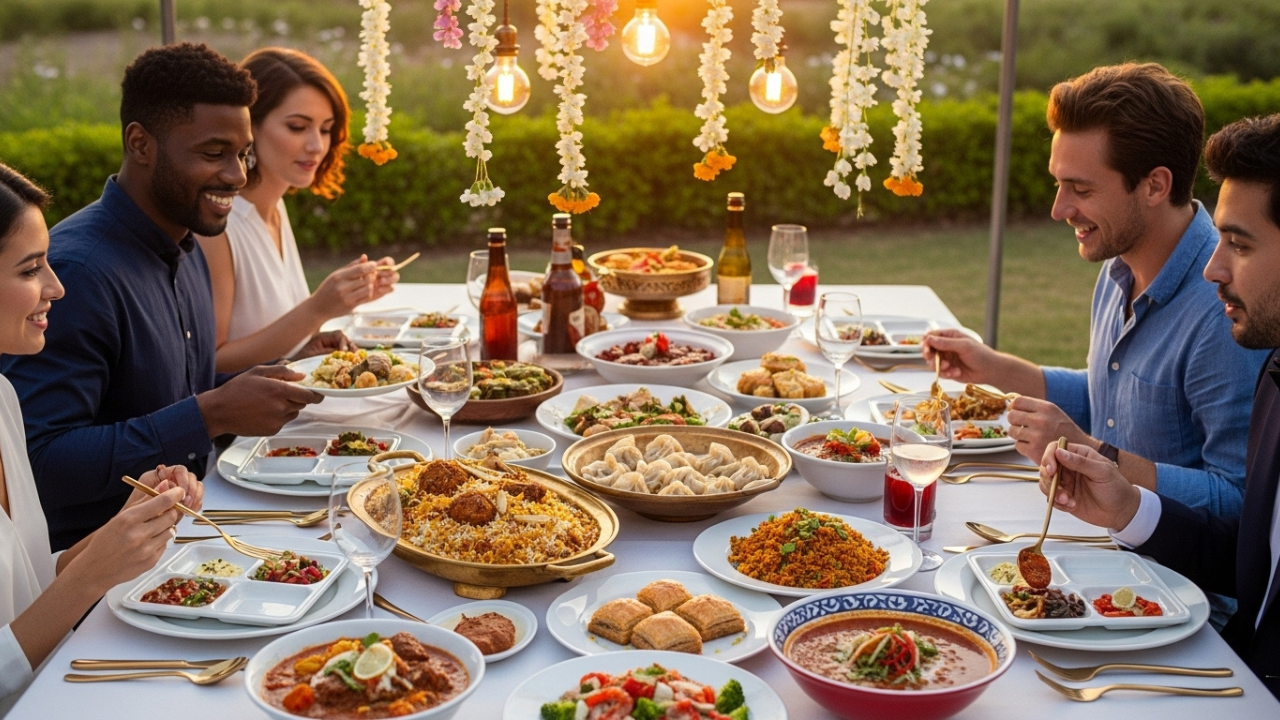
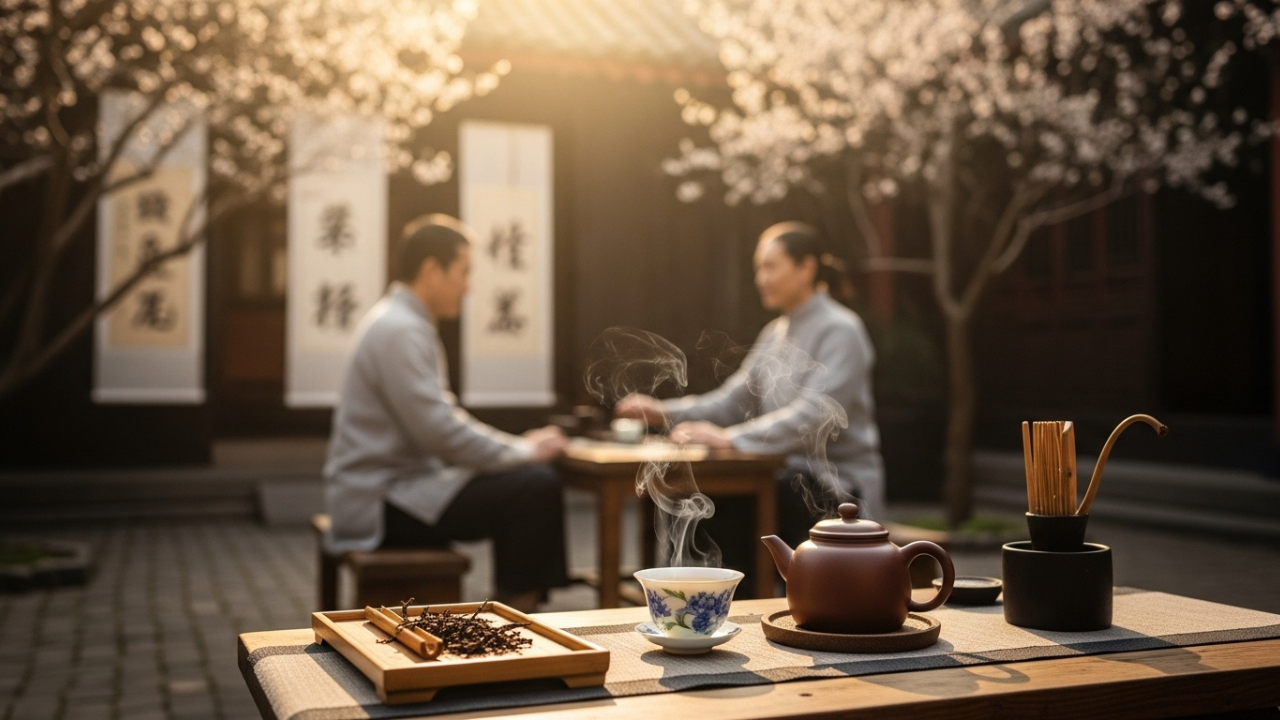
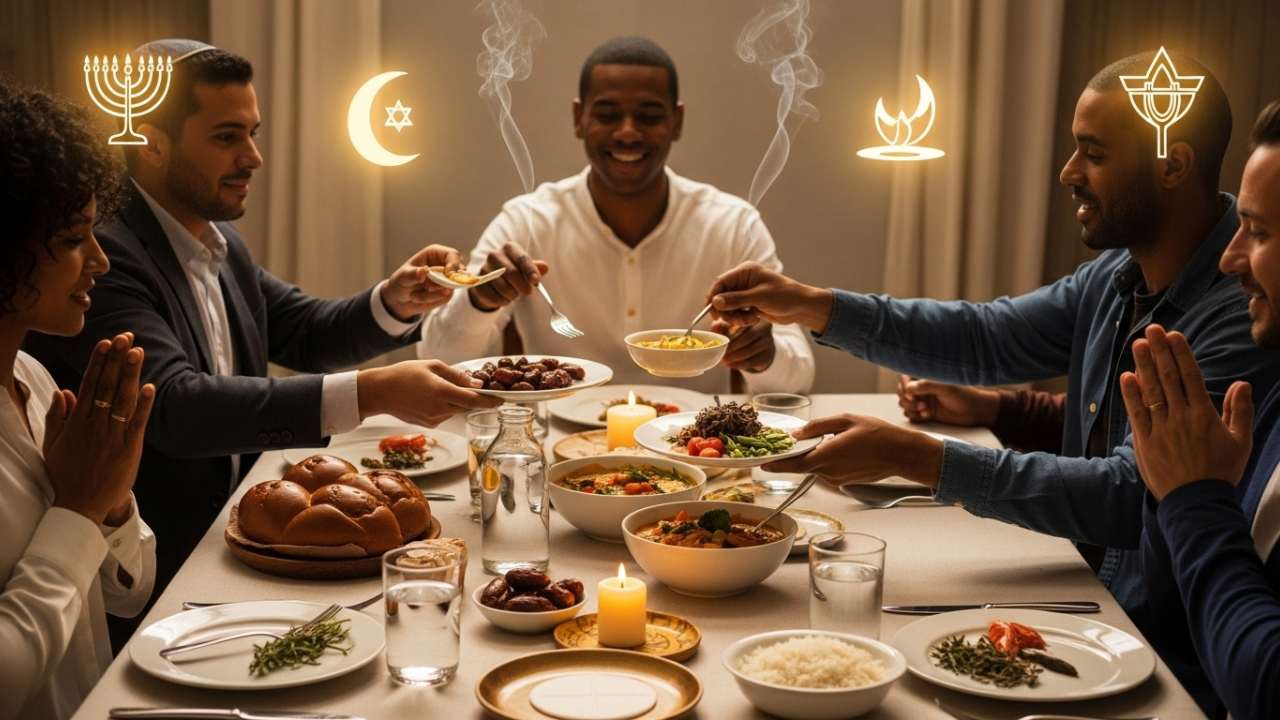



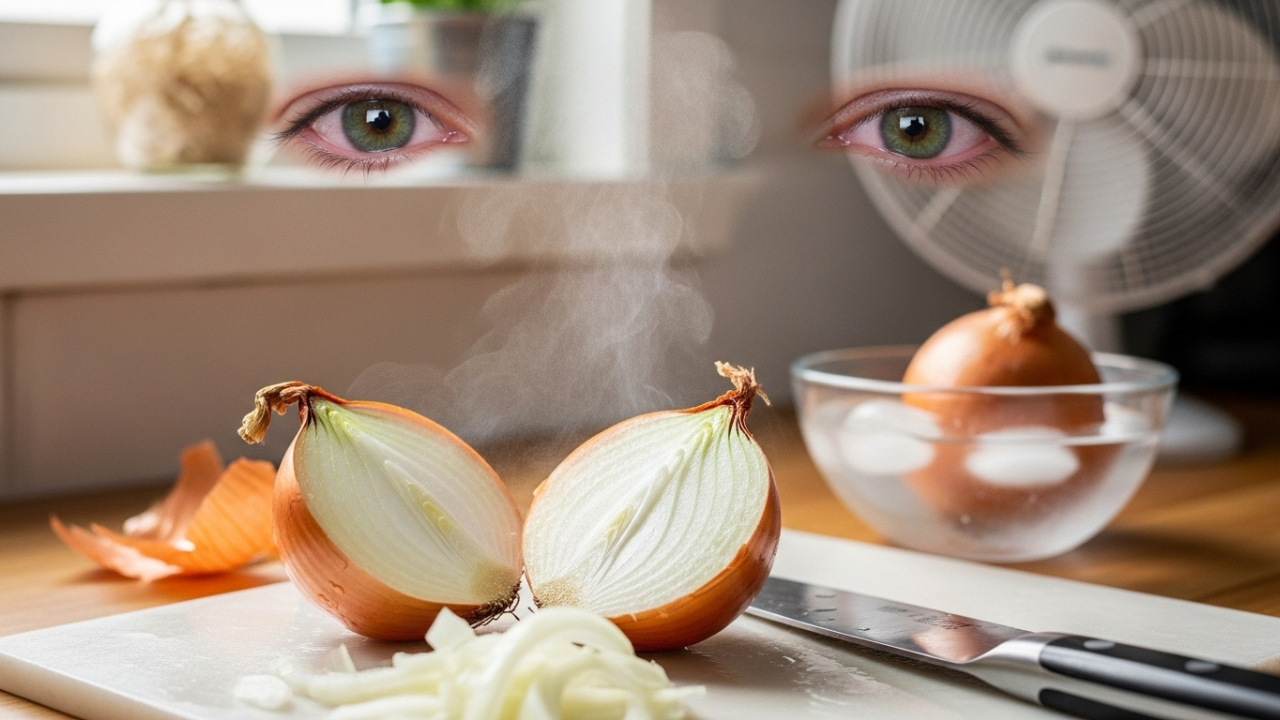


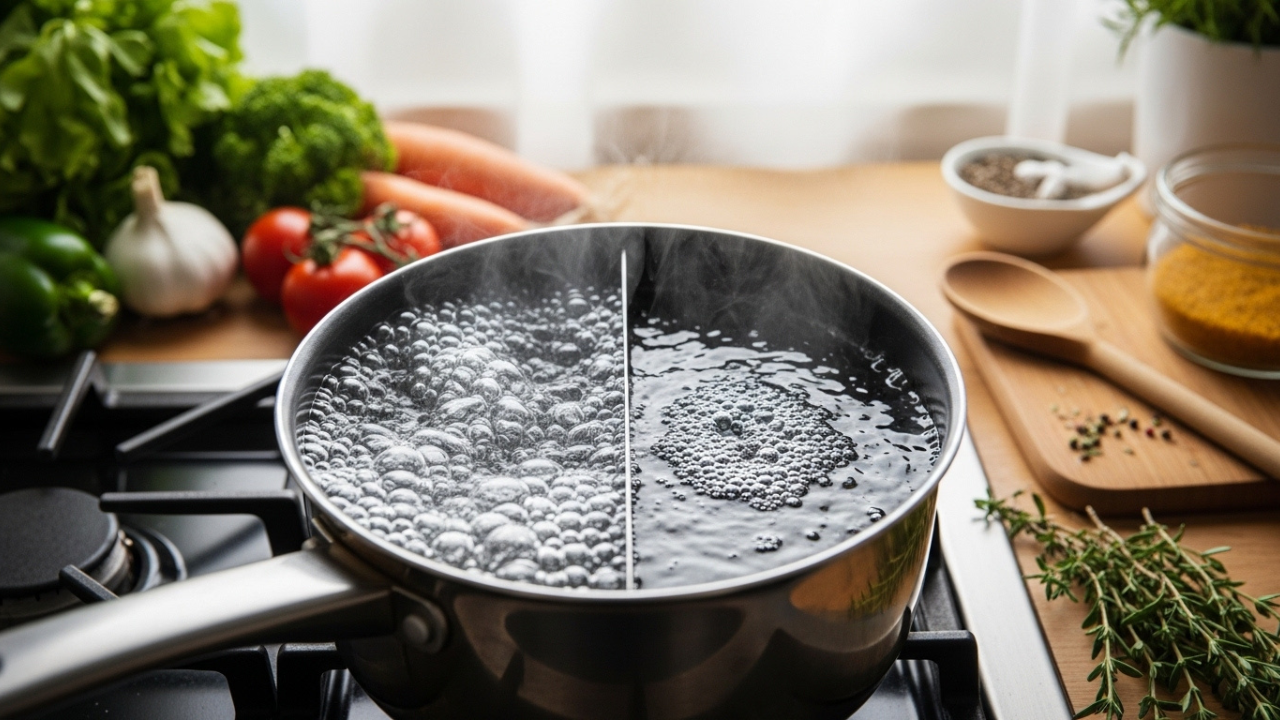

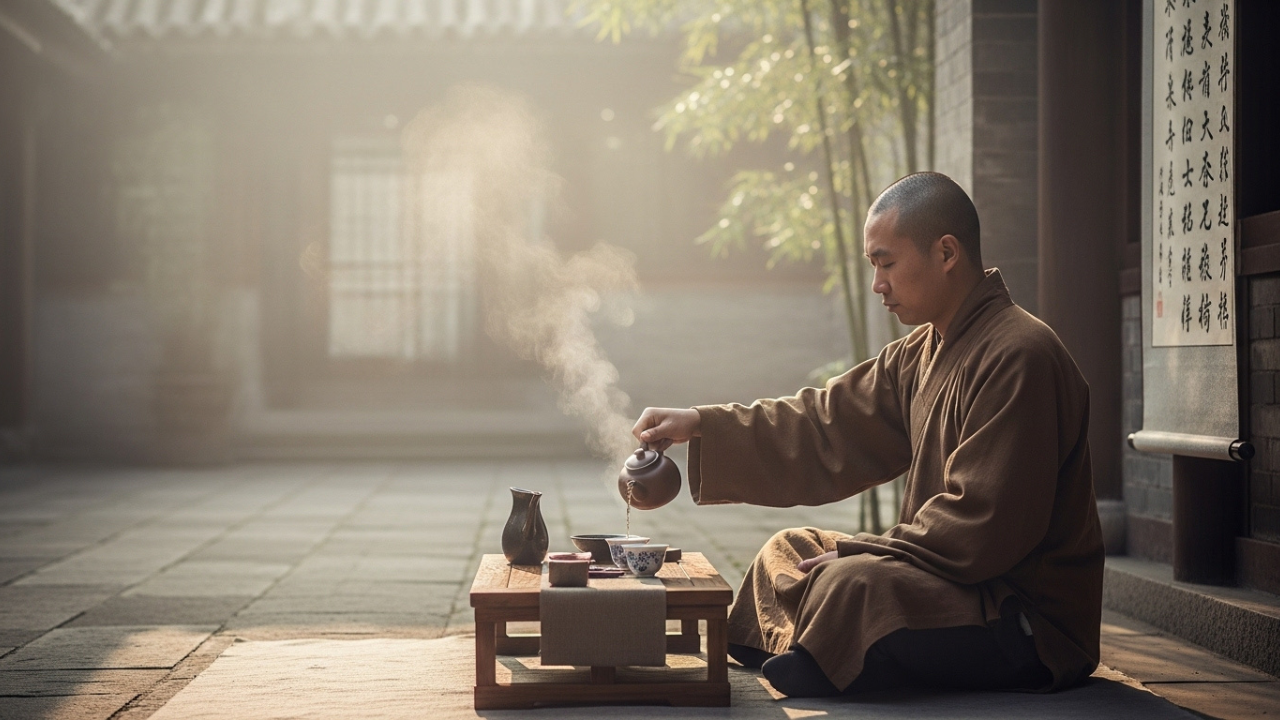
Leave a Reply